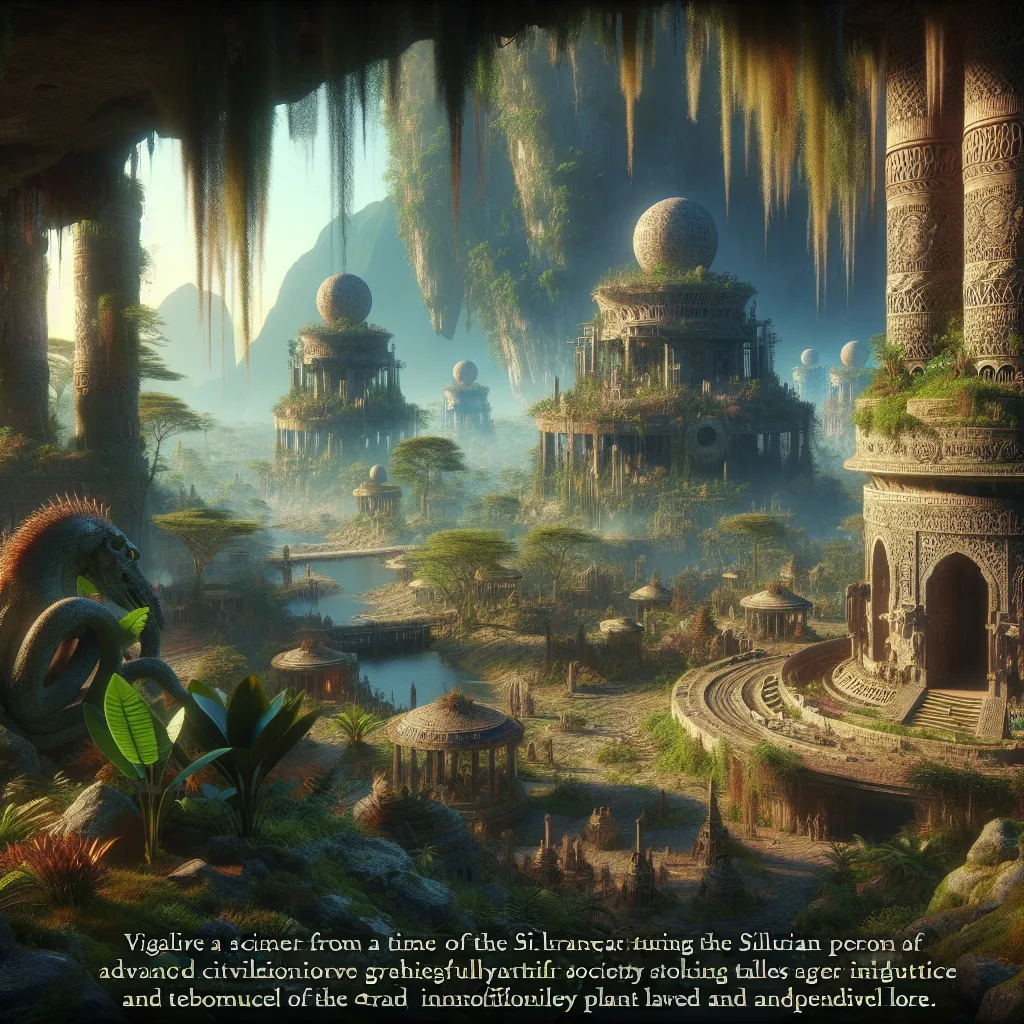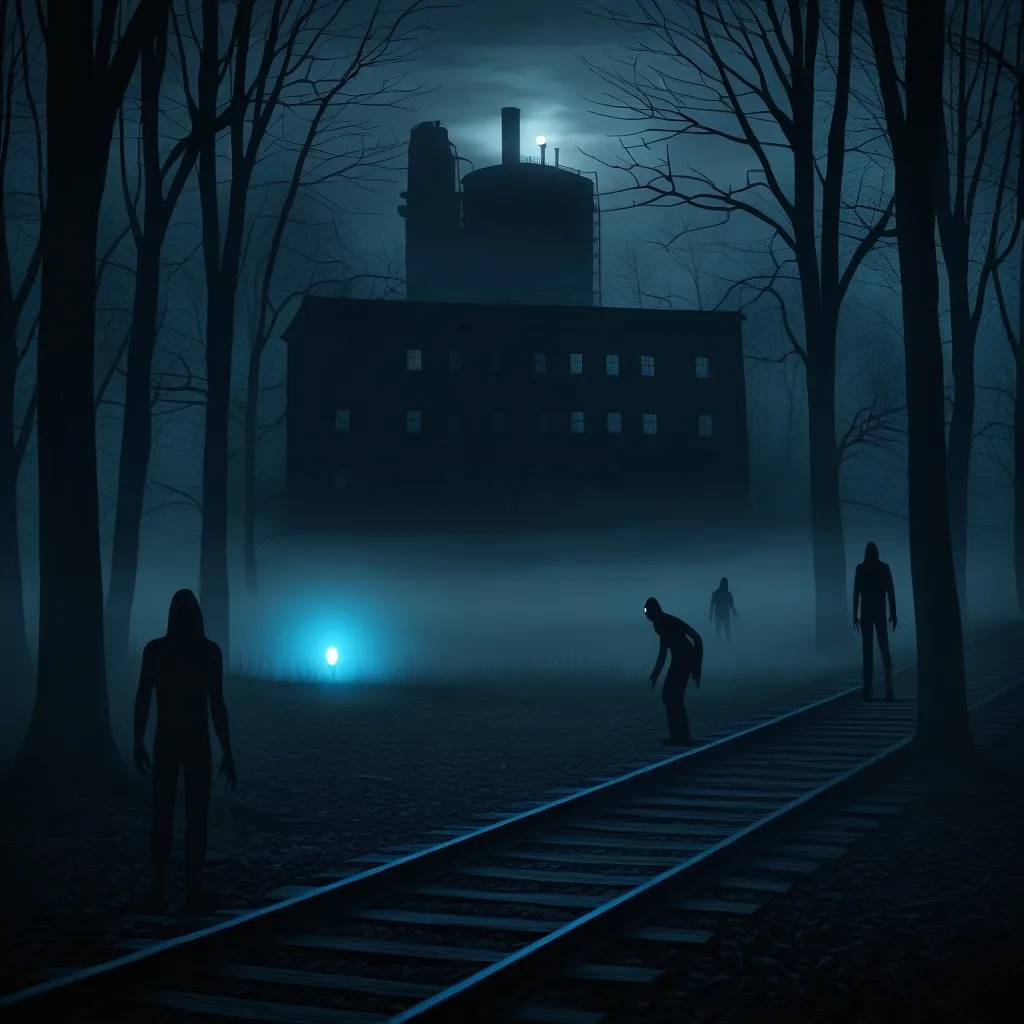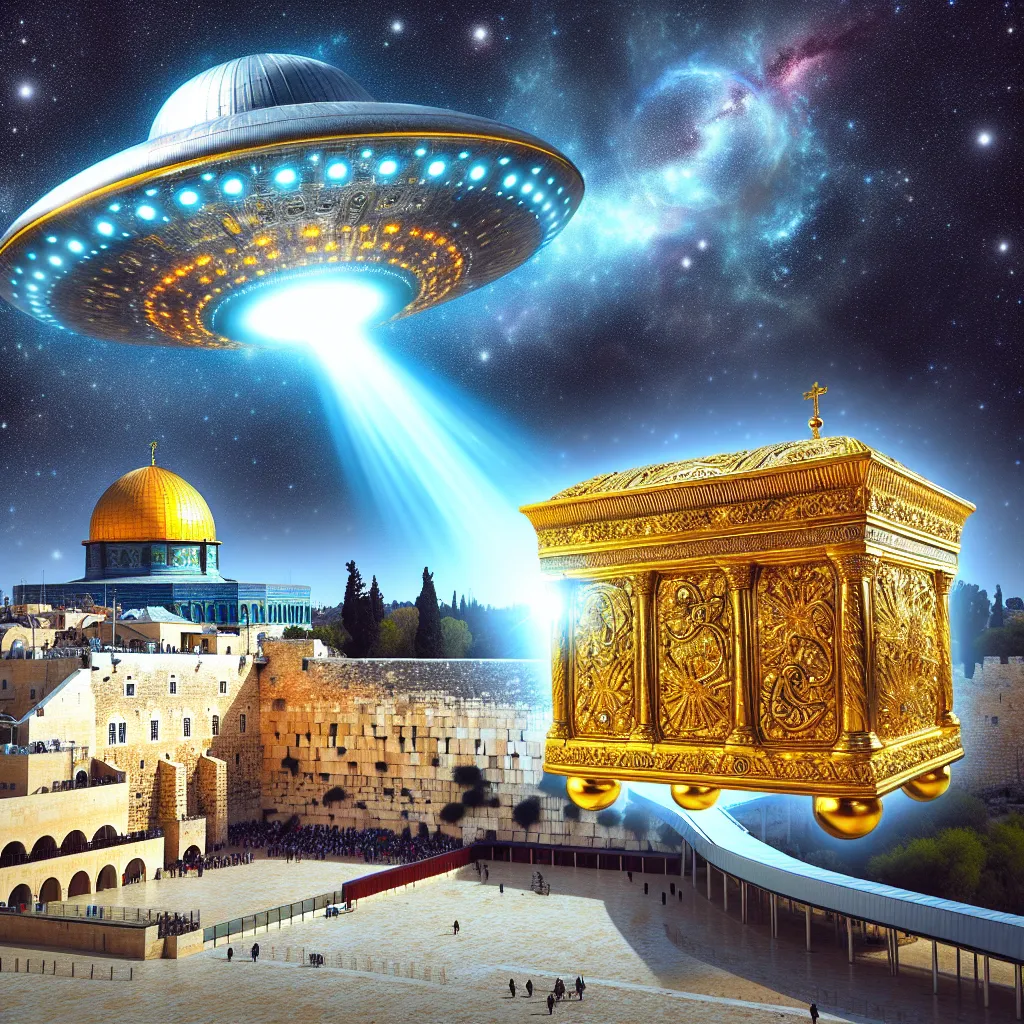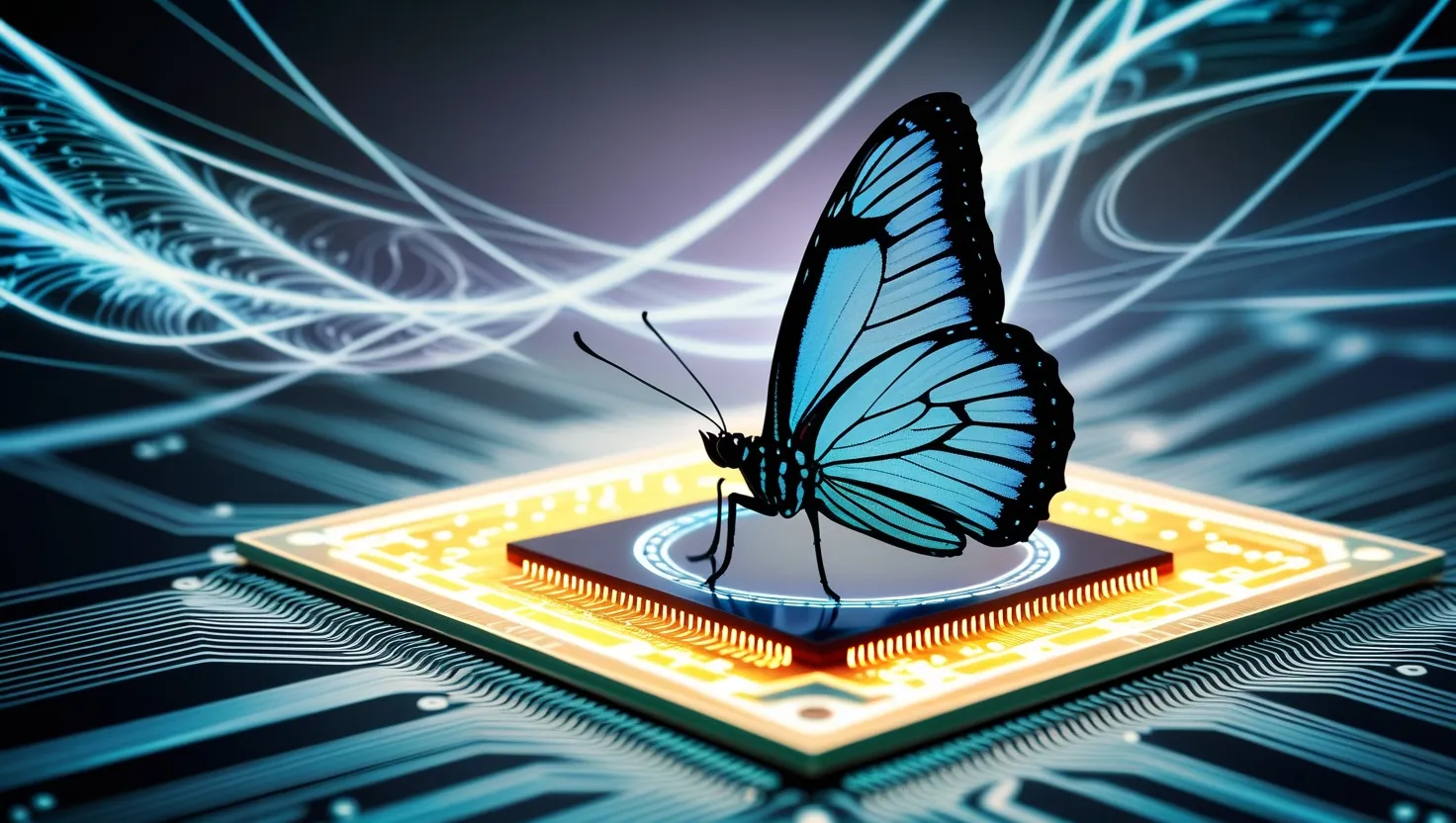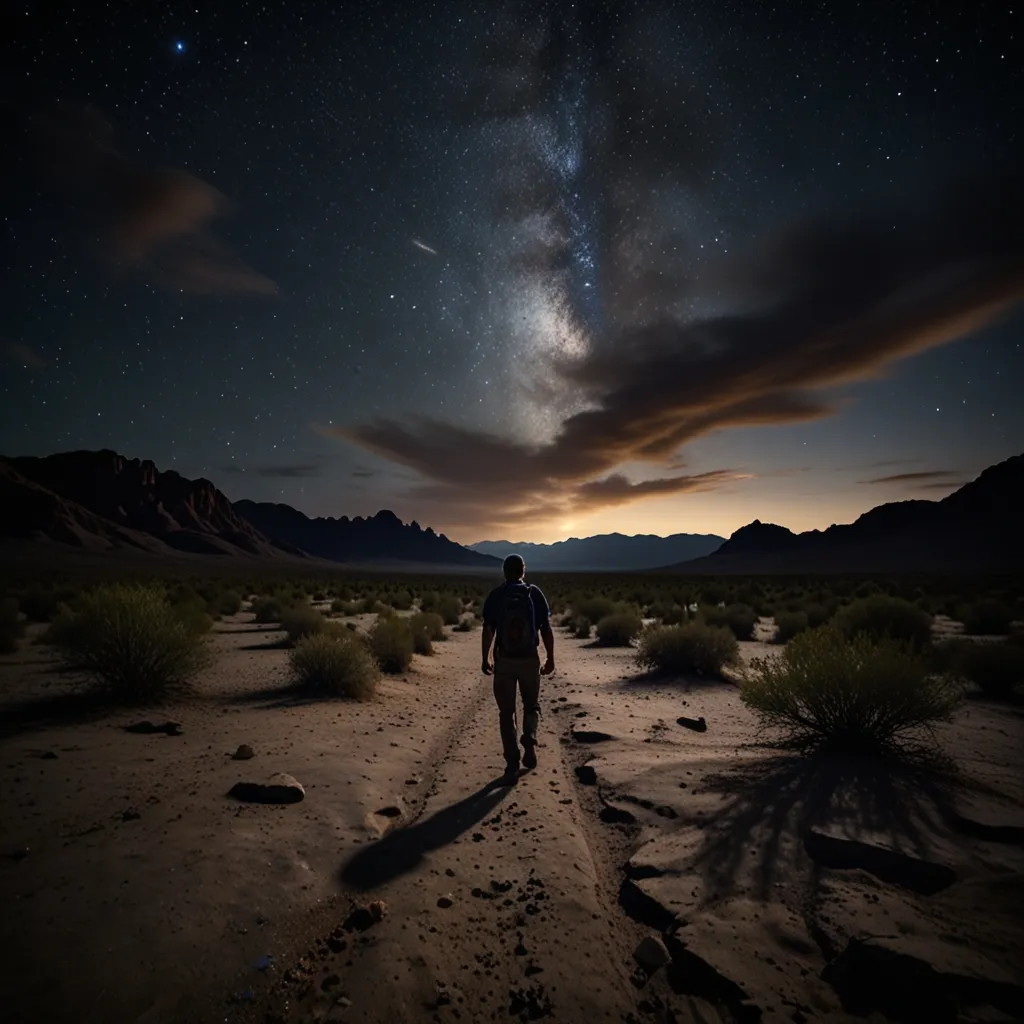Are we the first advanced civilization on Earth? This intriguing question brings us to the Silurian Hypothesis. This theory, inspired by old episodes of “Doctor Who,” suggests that there might have been intelligent civilizations long before humans. While it sounds wild, let’s dig into why it might not be so far-fetched.
Humans tend to believe we’re the center of everything, imagining our civilization will last forever. Take ancient Egypt, for instance. For 3,000 years, Egyptians built pyramids, fished the Nile, and mingled with other cultures, thinking their way of life was eternal. Yet, civilizations like theirs, from the Mesopotamians to the Romans to the Incas, eventually faded, leaving only scattered relics behind.
Our species, Homo sapiens, has only been around for roughly 100,000 years—a blip in Earth’s 4.5-billion-year history. Modern civilization? Merely a few thousand years old. With so much time before us, is it impossible that another advanced species thrived and vanished without a trace?
Detecting ancient civilizations is maddeningly difficult. Earth’s surface is constantly renewing itself thanks to plate tectonics. Today’s mountains were yesterday’s ocean floor. Fossils? Rare and hard to come by. Specific conditions are needed to preserve remains, and even then, we’ve only uncovered a minuscule fraction of all species that ever lived.
So, could a species as short-lived as humans leave any fossil trace? Probably not. And artifacts like cities and machines decay swiftly. But is there a way to know they existed? The Silurian Hypothesis suggests looking for indirect clues, like global industrialization markers in geological records.
For instance, agriculture, deforestation, and mining leave tell-tale signs in the soil and sediment. The most telling clue, however, is carbon. Industrial activity changes the carbon isotope ratios in the atmosphere. Burning fossil fuels affects carbon levels, temperatures rise, and these isotopic changes are detectable in sediments layers for millions of years.
This takes us back 56 million years to the Paleocene-Eocene Thermal Maximum (PETM), a period of rapid warming and increased carbon levels. Was this proof of an ancient civilization? Most scientists doubt it, attributing these changes to natural causes like volcanic eruptions. But the idea remains tantalizing.
Even with our technology, discovering past advanced civilizations is a needle-in-a-haystack task. But it’s not just about Earth. The Silurian Hypothesis could help us search for ancient life on other planets. Planets like Mars and Venus, once warm and wet, or Europa, with its saltwater ocean, could harbor ancient secrets waiting to be uncovered.
The Silurian Hypothesis opens the door to exciting possibilities. While it doesn’t prove ancient civilizations existed, it provides tools to look for them. Who knows what we might find out there? With millions of stars and potentially habitable planets, the universe might be teeming with civilizations waiting to be discovered.
Thanks for hanging out today! If you enjoyed this journey through time and space, don’t forget to like, comment, and share. Your support helps us explore more mysteries. Until next time, be safe, be kind, and know you are appreciated.
